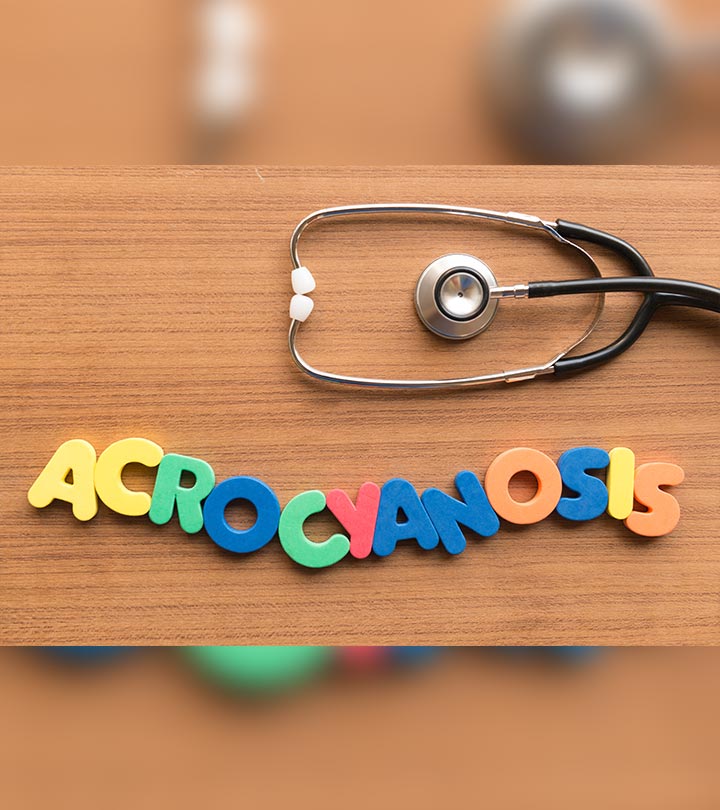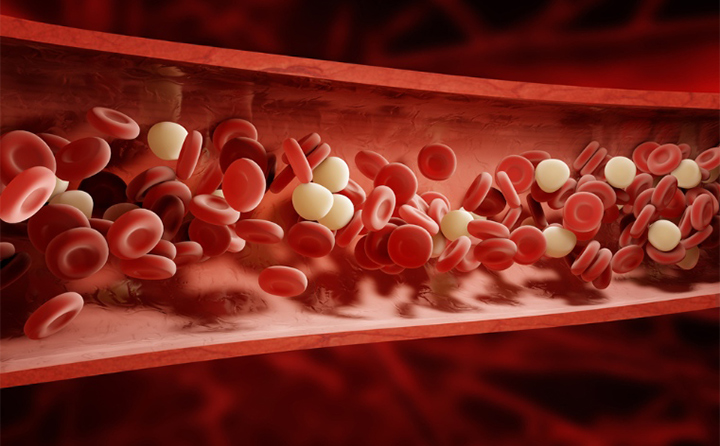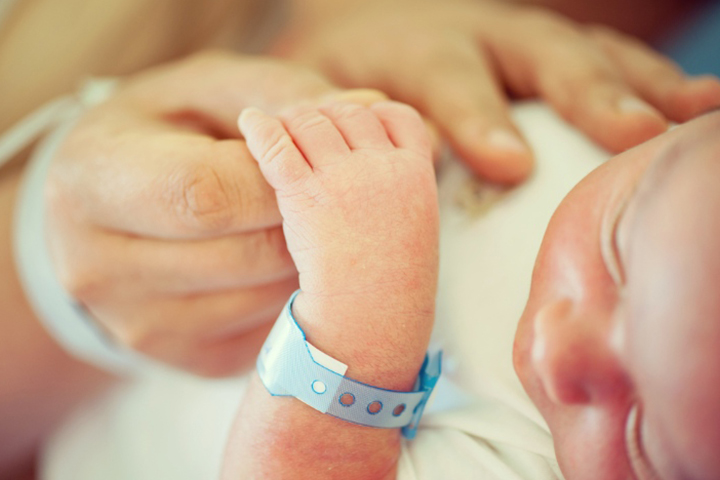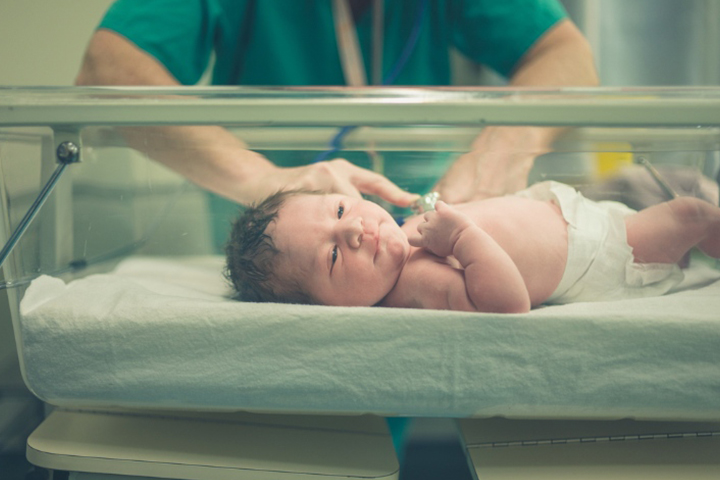Peripheral cyanosis is a bluish-purple skin discoloration caused by a lack of oxygen. On the other hand, bluish-purple discoloration around the mouth and extremities, particularly the palms and soles, is called acrocyanosis. Acrocyanosis is usually considered normal in healthy newborns until there is no cyanosis in the central region of the body. Generally, acrocyanosis in newborns can happen due to benign vasomotoriXNarrowing or widening of blood vessels causing changes in skin color and temperature.changes, which self-resolve during the first few days of life (1). However, the condition could develop due to other underlying issues as well.
This post discusses everything you need to about acrocyanosis, including its symptoms, causes, risk factors, diagnosis, and treatment options for babies.
Symptoms Of Acrocyanosis In Babies
The appearance of blue hands and feet, although painless, is the most notable sign of the condition. The following signs and symptoms may also be seen in acrocyanosis (2) (3).
- Affected areas may feel cold
- Bluish discoloration is symmetrically distributed
- Cold and swollen fingers and extremities
- Increased sweating in hands and feet
- Cyanosis may occur around the mouth
- Forearms, ears, lips, nose, or nipples may also be discolored in some cases
Causes Of Acrocyanosis In Babies
The causes of acrocyanosis depend on whether the acrocyanosis is primary or secondary (4).
1. Primary acrocyanosis
The exact cause of primary acrocyanosis is unknown. In newborns, a change in blood circulation could be the primary reason. Constriction of blood vessels that transport oxygen-rich blood to the limbs may lead to acrocyanosis.
2. Secondary acrocyanosis
Secondary acrocyanosis usually happens due to an underlying condition and might be accompanied by pain in the discolored areas. It may be seen along with central acrocyanosis. It may happen in conjunction with one of the following conditions.
- Down syndrome
- HypoxaemiaiXLack of adequate oxygen in the blood.
- Connective tissue diseases
- NeoplasmsiXAlso called tumors, masses of tissue that arise when cells divide and multiply more than they should.
- Peripheral vascular diseasesiXNarrowing or blockage of the blood vessels transporting blood from the heart to the limbs and brain, thus affecting their functioning.
- Malnutrition
- Blood disorders
- Sepsis
- Exposure to toxins
- Infections
- Mitochondrial diseases
- Ehlers-Danlos syndromeiXA set of inherited conditions affecting the connective tissues.
- Buerger’s diseaseiXA condition that causes clotting of blood in parts of hands and legs.
- Spinal cord injury
- Atopic dermatitisiXA skin condition that causes dry, itchy, and irritated skin in response to an allergen.
Is It Normal For Newborns To Have Acrocyanosis?
It is normal for most newborns to have acrocyanosis for 24 to 48 hours after birth. The reason is the new blood circulation pattern in the baby’s body. The blood and oxygen circulate to the vital organs, such as the brain, lungs, and kidneys, instead of hands and legs. Once the baby’s blood circulation adjusts itself, the acrocyanosis goes away. It might reappear when the baby is cold after a bath but goes away by itself soon.
Risk Factors For Acrocyanosis
The following risk factors may put the baby at a higher risk of developing acrocyanosis (2) (5).
- Low body mass index (BMI)
- Sustained exposure to colder temperatures
- Presence of circulatory system-related problems that primarily affect blood vessels
- Girls are noted to have a slightly higher risk than boys
Diagnosis Of Acrocyanosis
Physical examination and a thorough medical history along with detailed symptom assessment are key contributors to the diagnosis of acrocyanosis. No pain with bluish discoloration is the main sign of acrocyanosis. If the doctors suspect secondary acrocyanosis, they will perform other tests and imaging.
Treatment For Acrocyanosis In Babies
In most cases, primary acrocyanosis does not need any treatment. Pharmacological intervention is not necessary most times. The baby should be kept warm to avoid acrocyanosis due to cold weather. Make sure to wrap the baby in a towel after a bath to prevent them from feeling cold.
Treatment of secondary acrocyanosis depends on the underlying cause and the symptoms. Secondary acrocyanosis resolves when the underlying condition is treated. Some conditions, such as genetic disorders, may require long-term management to avoid secondary acrocyanosis.
Outlook For Babies With Acrocyanosis
Primary acrocyanosis is usually a harmless condition. In newborn babies, it usually resolves on its own and does not recur in most cases. Secondary acrocyanosis must be thoroughly investigated by the doctor, and the underlying condition must be addressed.
Acrocyanosis in newborns is normal and may occur as the circulatory system takes time to adjust to the changes in the body and environment. Most cases of primary acrocyanosis in neonates resolve by themselves. However, secondary acrocyanosis may be associated with underlying health issues. Talk to your doctor if you notice any bluish-purple discoloration around the mouth or extremities of your baby. To avoid primary acrocyanosis, infants should be kept warm after birth. If secondary acrocyanosis is detected, it may be necessary to treat associated underlying issues as well.
Key Pointers
- The most notable sign of acrocyanosis in babies is painless bluish discoloration of hands and feet.
- A change in blood circulation could be the primary reason for this condition in newborns.
- It is normal for newborns to have acrocyanosis for 24 to 48 hours after birth.
- Girls are more at risk of having this condition than boys.















